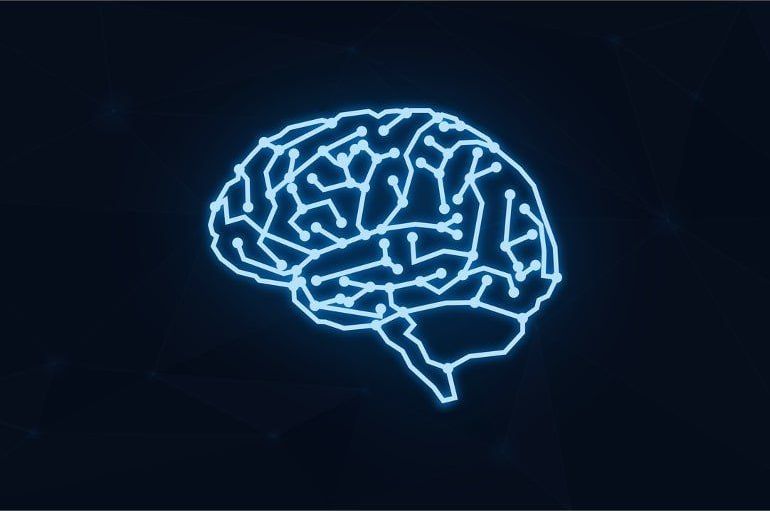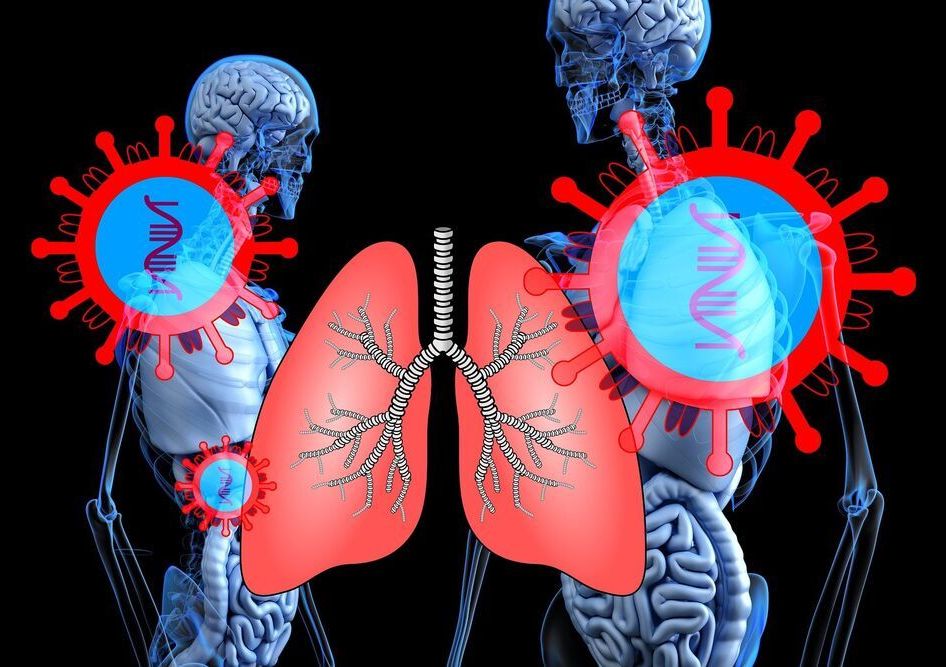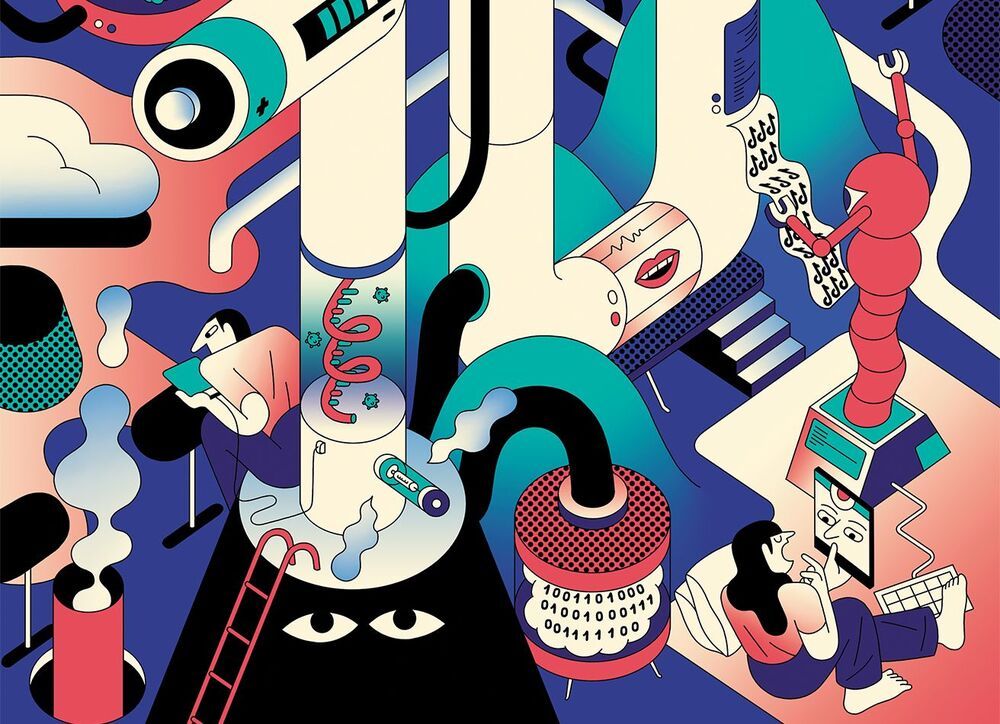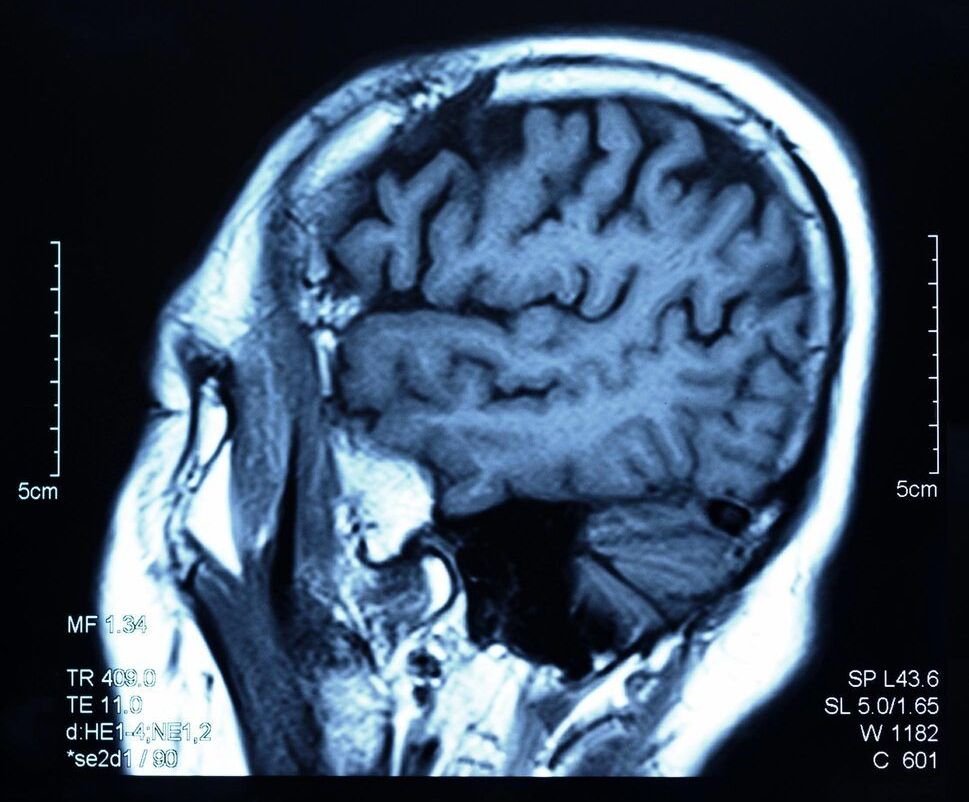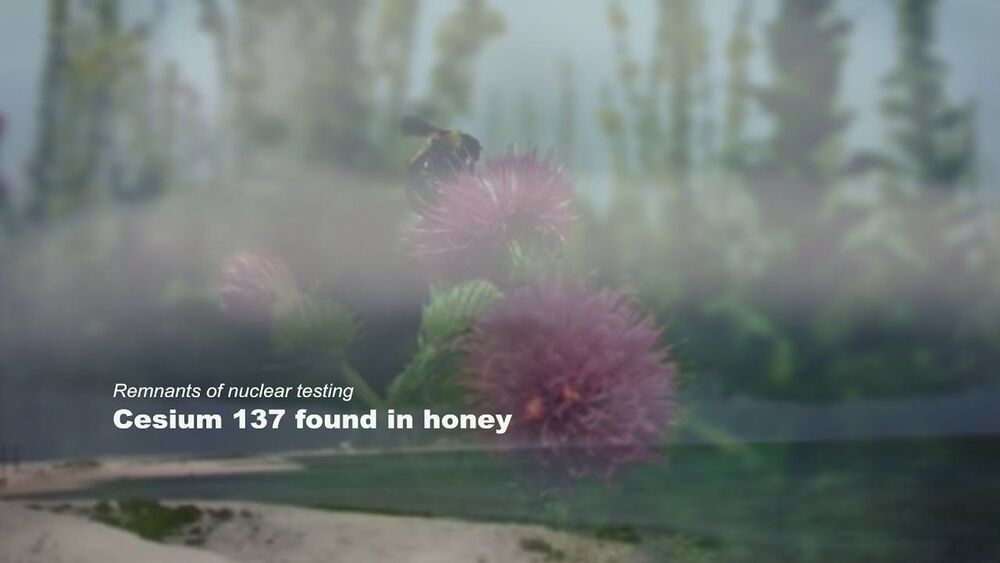Apr 21, 2021
In ‘Moon Landing of Genomics,’ Scientists Sequence Ancient DNA From Dirt
Posted by Genevieve Klien in categories: biotech/medical, genetics
No fossils necessary.
Scientists have achieved a breakthrough they’re comparing to the moon landing: sequencing a full ancient genome from soil samples.
How’s that on par with humans touching down on the lunar surface? Well, the research team from the University of Copenhagen found the entire genetic code of an ancient bear species without obtaining it from fossils, marking the very first time scientists have found genes outside the fossil record. And by gathering the DNA from the soil, these researchers gathered a bunch of examples, rather than just one single specimen’s genome.
Continue reading “In ‘Moon Landing of Genomics,’ Scientists Sequence Ancient DNA From Dirt” »


